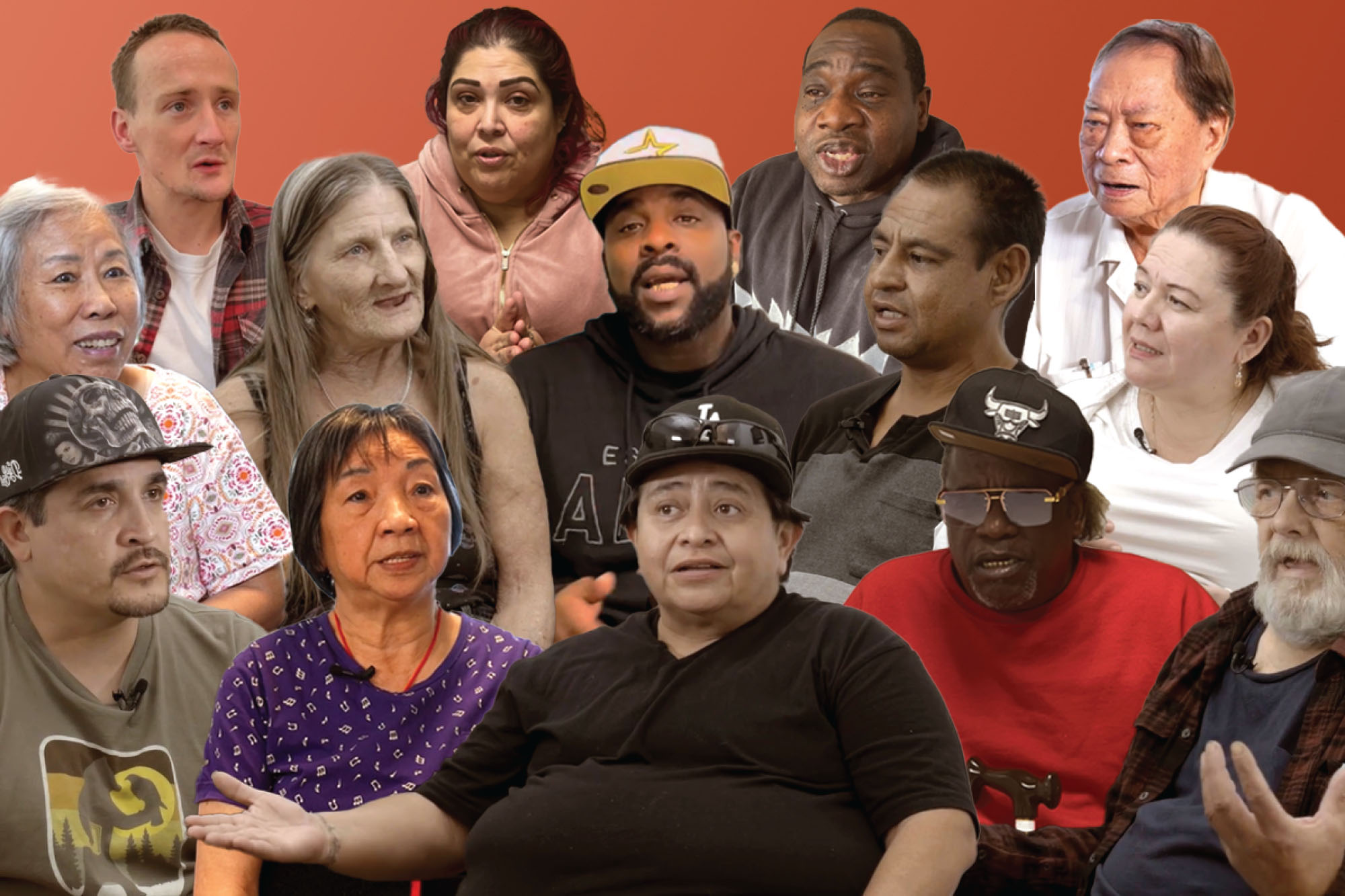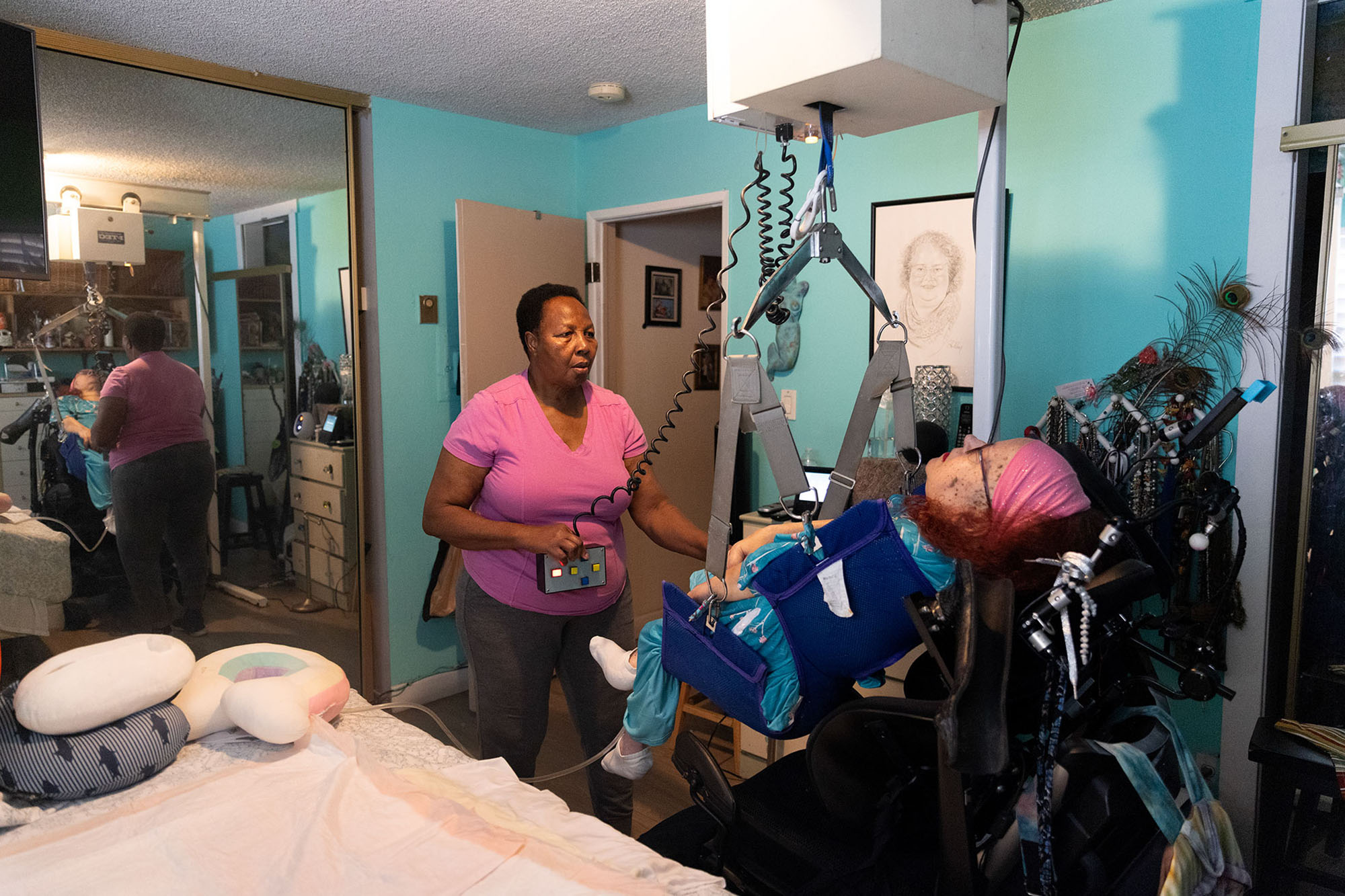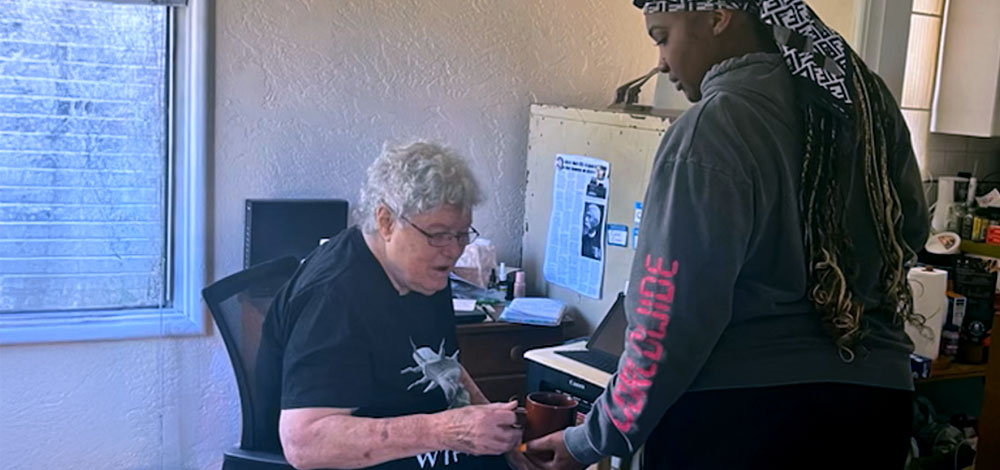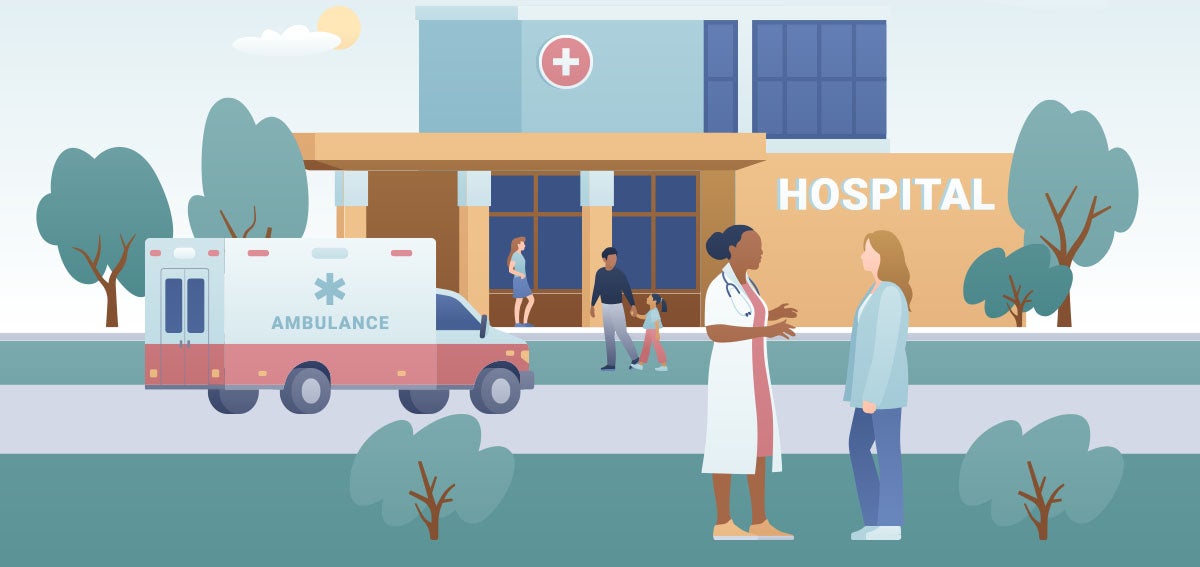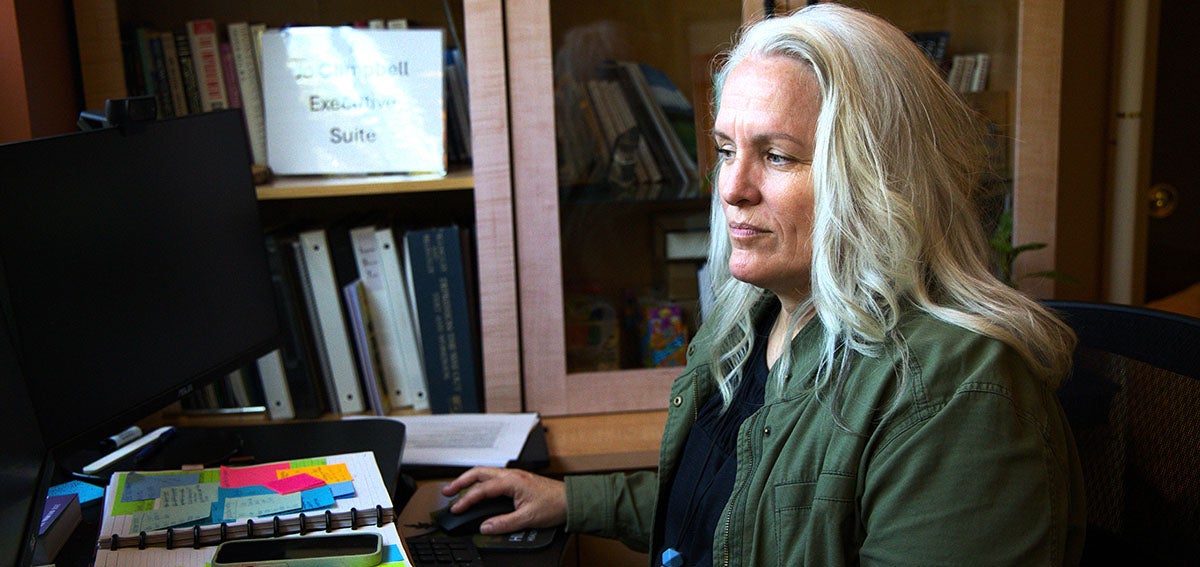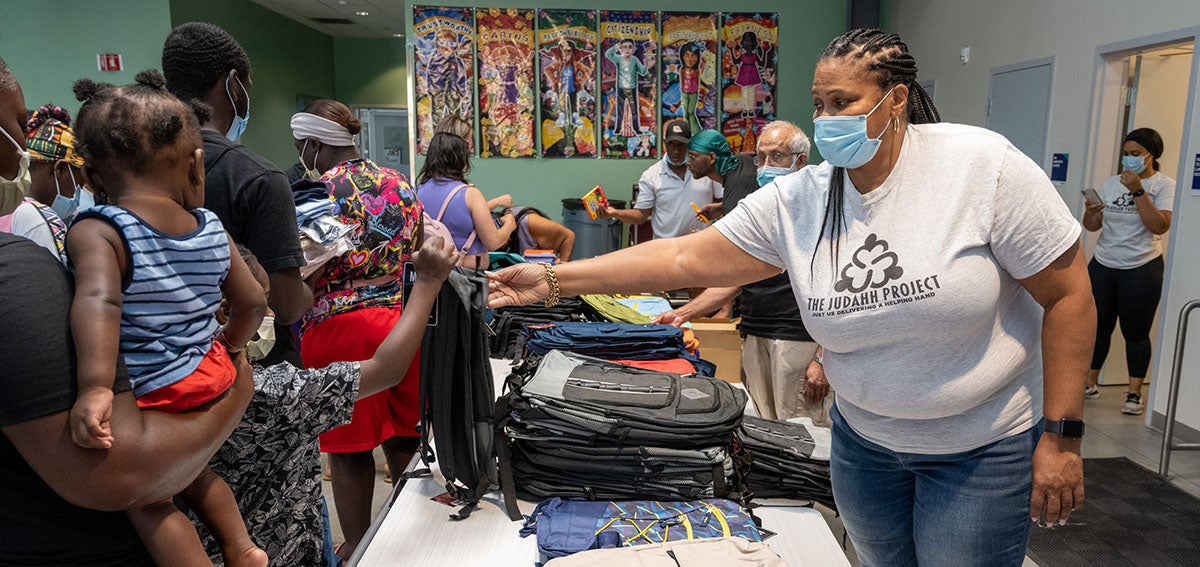
Valerie Andrews, director of a community-based organization (CBO) in South Sacramento, was focusing on the fentanyl drug problem among Black residents in her area when a different issue began demanding her attention: hospitalization due to asthma. It was 2019, and she was talking to yet another distraught mother who had taken her child to the emergency room because of a severe asthma attack. This mother had contacted her landlord about mold in the house that she suspected of exacerbating her six-year-old son’s illness, but the landlord was unwilling to do anything about it. The mom was forced to move her family.
Andrews, leader of the JUDAHH (Just Us Delivering a Helping Hand) project, applied for a grant that would enable her to offer asthma remediation and education to her community. She was awarded a three-year grant by The Center at Sierra Health Foundation in 2020, but funding was soon running out. Then she heard about a new Medi-Cal initiative called CalAIM (California Advancing and Innovating Medi-Cal) that could potentially cover the cost of asthma services. The initiative, led by the California Department of Health Care Services (DHCS), is a multiyear plan to integrate social services into the benefits provided by Medi-Cal, the health insurance program that covers 14.6 million Californians. CBOs such as JUDAHH have the opportunity to contract with managed care plans and receive reimbursement for a whole range of social services, including housing deposits, medically tailored meals, asthma home remediation, and caregiver respite services.
“A primary goal with CalAIM is to use resources more effectively to address a broad array of nonclinical issues that clearly drive health outcomes,” said Jeremy Cantor, a senior consultant for JSI, an organization of health policy and public health specialists that supports the local rollout of CalAIM. “This is a dramatic vision to transform services and practices of eligible providers to better meet the needs of the most acute, vulnerable populations, and now it’s time to implement that vision.”
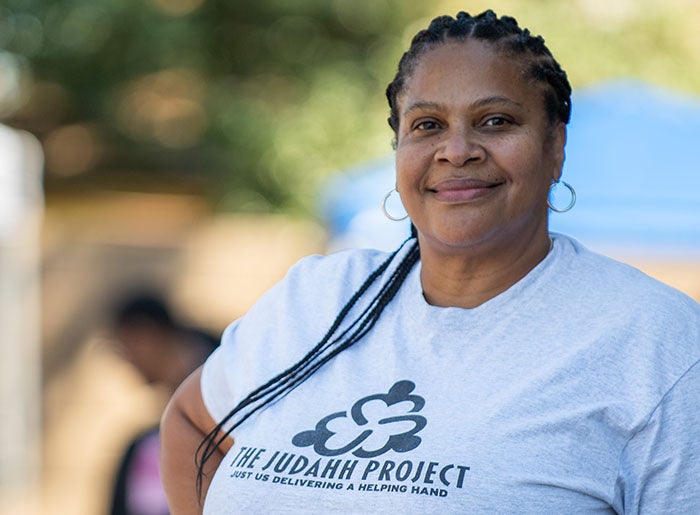
Andrews recently secured contracts with two managed care plans, Molina Healthcare and HealthNet. Like many CBOs, JUDAHH is in the process of learning how to partner with them. To help them navigate the complexities of the new partnerships, organizations such as HealthBegins — a group focused on social drivers of health equity — have started hosting technical assistance sessions to help other CBOs learn how to engage with CalAIM.
Additional funding and technical assistance support will also be furnished by the Providing Access and Transforming Health (PATH) initiative. A five-year, $1.85 billion effort of DHCS, PATH focuses on building the capacity of CBOs, public hospitals, county agencies, tribes, and other organizations to successfully participate in Medi-Cal’s CalAIM initiative.
Andrews is motivated to work through the complexities in part because she knows three people in her community who died following asthma attacks — deaths that she said were preventable. “We take a hands-on approach by visiting people in their homes to form a connection,” said Andrews. During monthly visits, some admit to her that they cannot find their inhalers or figure out how much medication is in the device. Andrews teaches them to identify a safe place to store an inhaler and how to determine the number of remaining doses. She also assesses homes for triggers, such as mold and dust mites. If needed, she can help with the purchase of an air purifier or hire a contractor to repair a broken fan in a bathroom.
Making Homes Safer
Like Andrews, Lisa Hayes, executive director of Rolling Start, welcomed the opportunity to partner with managed care plans when CalAIM launched in January. The CBO, with offices in San Bernardino and nearby Victorville, provides services to help people with disabilities maintain their independence. As a CalAIM participant, the organization recently started contracting with Inland Empire Health Plan (IEHP). One of its referrals was a middle-aged woman who uses a wheelchair because of injuries from a serious car accident. She needed home modifications, such as grab bars in the bathroom and lower counters for cooking.
“People on fixed incomes cannot usually afford home modifications,” said Hayes. “These simple changes can be transformative because they can enable an individual to stay out of a nursing facility.” Hayes has also received numerous referrals from IEHP for personal emergency response systems. She works with a vendor that offers 24/7 medical monitoring with a necklace, key tag, or wrist band.
Hayes felt comfortable wading through the technical aspects of partnering with IEHP because she worked for managed care plans for more than two decades before transitioning to a leadership role at Rolling Start. One task included installing a new software billing program because IEHP required a higher level of data security. “I had to take it one step at a time, but it was absolutely worth it because this will allow us to serve more people,” she said.
Trusting the Community-Connected Workforce
For Maria Lemus, executive director of Visión y Compromiso, CalAIM represents the fruit of years of advocating for more funding from the state. “By formalizing our relationship with managed care plans, the state is recognizing our expertise,” said Lemus. Visión y Compromiso has trained thousands of promotores de salud (a role similar to that of a community health worker specifically focused on serving the Latino/x community) throughout the state to serve as trusted liaisons between Latinos/x and health and social service organizations. By deploying volunteers familiar with their communities, promotores can tailor outreach based on the specific needs of an area.
Lemus remembers offering workshops about diabetes in one community where the organizers discovered that the parents could not focus on their own health because many of their children were struggling with methamphetamine addictions. In response, the promotores started learning about resources to address the addiction problem. During the pandemic, these workers became increasingly aware that there were people in their communities who were alone and sick. “People were afraid to tell others that they had COVID because they were undocumented and there was stigma associated with the disease,” Lemus said. “We developed informal search and rescue teams.” The workers regularly checked on the people, brought them food, and offered emotional support.
CalAIM is still in the early stages of implementation, and the next year will be critical as staff from CBOs determine if they can successfully partner with Medi-Cal managed care plans and play a role in this new initiative. In the meantime, it will be critical for the state, managed care plans, and community-based organizations to communicate with one another to ensure that barriers can be overcome and that the promise of CalAIM can be realized.
Rishi Manchanda, MD, MPH, the CEO of HealthBegins, is hopeful that the state’s health care experiment will prove successful in the long run. “There is so much opportunity here to address longstanding structural inequities that have compromised health outcomes for historically marginalized populations,” he said. “CalAIM can leapfrog us into a new way of working where CBOs, health care providers, health plans, and government agencies all work together.”
Authors & Contributors
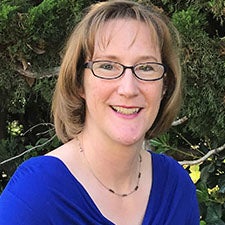
Heather Stringer
Heather Stringer is a freelance health and science journalist based in San Jose. She studied civil engineering at Stanford University and started her journalism career at a daily newspaper in Fremont. Heather began covering health care as a staff writer and editor at a nursing magazine and launched her freelancing career in 2003. Her work has been published in Scientific American, Monitor on Psychology, Cure, Proto, and Nurse.com.

José Luis Villegas
José Luis Villegas is a freelance photojournalist based in Sacramento, California, where he does editorial and commercial work. He has coauthored three books on Latino/x baseball. His work appears in the Ken Burns documentary The 10th Inning and in the ¡Pleibol! exhibition that debuted at the Smithsonian Institution’s National Museum of American History and has been appearing at museums around the country.
Villegas’s work has been exhibited at the Museum of Fine Arts-Houston; the Baseball Hall of Fame in Cooperstown, New York; and at the Oakland Museum of California. Villegas also works as a medical photographer at Shriners Hospital in Sacramento.

